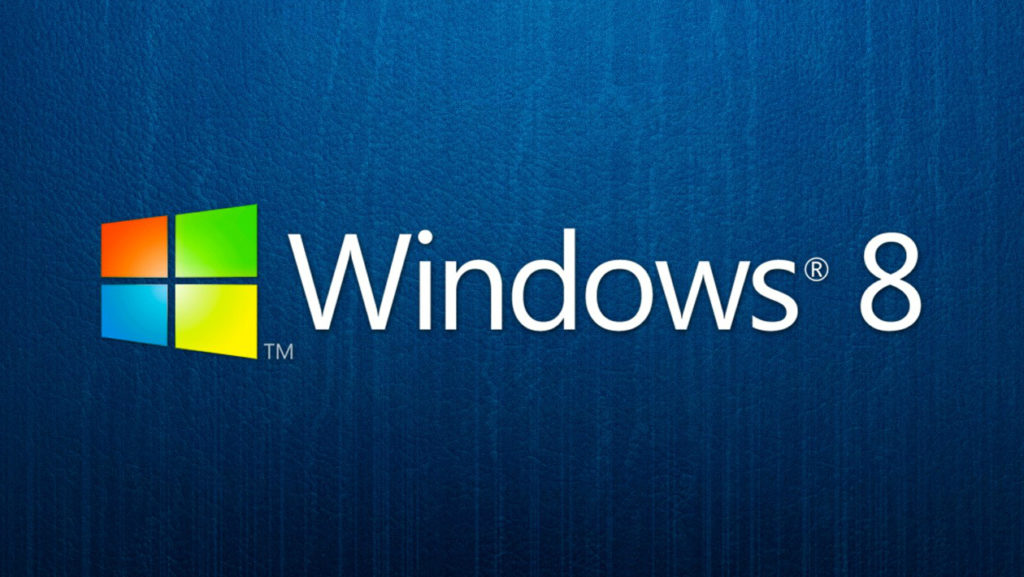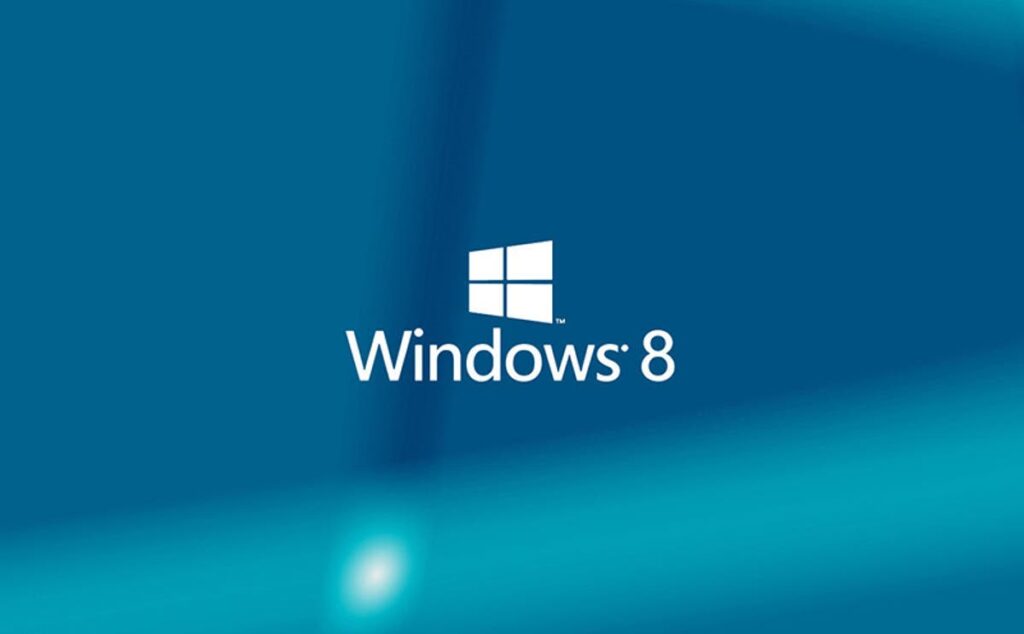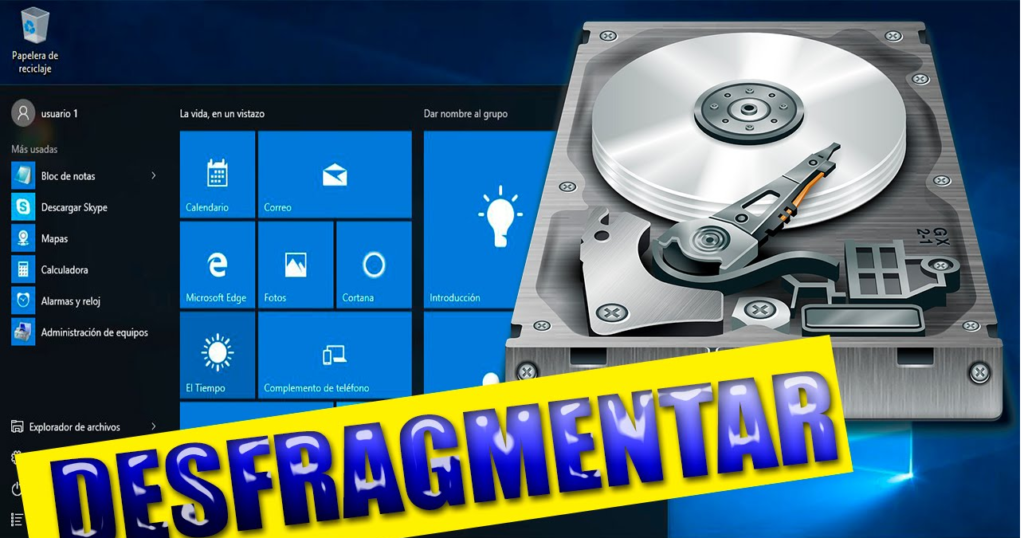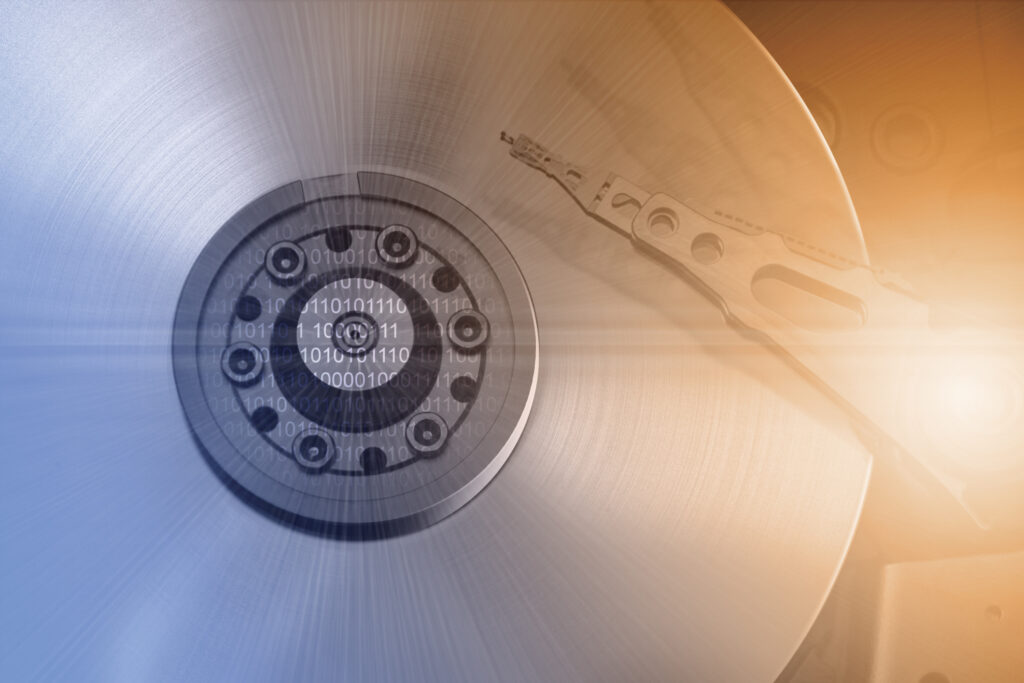Today Optimize Windows 8, does not represent a complicated activity for the user, it can be done with all simplicity and ease, as long as the correct steps are followed to achieve it effectively, below is how to do it.

Optimize Windows 8
If the case that you have installed Windows 8 on your computer for some time, and you notice that it has started to work slowly, the time has come to optimize Windows 8, so we show you the best procedure to achieve it quickly, safely and easy, which will ensure proper functioning of the computer.
The user must know that in all editions of Microsoft Windows, at some point it is imperative to perform an optimization of the system after some time in use, it must be borne in mind that there are any number of elements that must be debugged in order to speed up and optimize Windows 8 , such as program registries, so-called junk files, programs that are not useful, and many other things.
To improve the performance of the Windows 8 system, the first thing that has to be done is cleaning malware, spyware, viruses and others, it is known that 99% of Windows PCs contain a large part of garbage or viruses that infect any type of programs or data.
Windows Defender is a perfect program to make viruses and spyware that are harming the PC disappear, as there are other famous programs such as Bitdefender, Kaspersky, Mcafee that are suitable for these occasions.
It is a job that must be done thoroughly, you must investigate the drives that you have on the Windows PC, and scrutinize any harmful software, this will allow the Windows PC to be clean and absolutely fixed and activated for Windows 8 optimization.
It should be kept in mind if the necessary requirements of Windows 8 are met, it should not be ruled out that it is one of the factors that intervene in the slowness, it may be that Windows 8 is installed on hardware that is not adequate.
https://youtu.be/G1JHwLTkz9Q
From this moment we show you a practical and simple guide on how to optimize Windows 8.
Disable services to speed up Windows 8 at boot
Something very important that Windows 8 has is the probability of knowing the impact at the performance level of an application, it is something super useful when trying to speed up Windows 8, because it allows the user to know which ones are vital and which ones are not. , and if it represents a value, deactivate the services available to the system.
Where you can see the impact that each service has on Windows to deactivate them, we invite you to continue with the following procedure:
- Press the Ctrl + Shift + Esc keys to open the Task Manager.
- Click on the Start option.
- In this part you can see the services and their impact on the system, select the option that you want to disable.
- Click on deactivate.
- Immediately restart Windows to apply the solution in a decisive way.
- Services that are not necessary can be activated and deactivated immediately, however, when you need them, they can be activated.
It should be taken as a rule that when a Windows program is not being used, it is advisable to uninstall it to free up disk space, as well as other resources such as RAM and CPU.
Once the services have been deactivated, it will be possible to show that it is a good way to optimize Windows 8, without the need to spend many hours doing it, the start of programs can be accelerated at a broad level, and you will observe a notable improvement in the Windows system boot speed.
Turn on and use Fast Startup in Windows 8
Fast start or hybrid start, is a new function that Windows 8 inserts, the only thing that must be done is to verify if the equipment is active, if not, it must be activated immediately.
Fast startup optimizes the system and stores many files right when it shuts down, so that the computer can boot up faster, in a similar way that hibernation has done.
Reboot is not applied, in this specific case the system is not optimized, it only does it when it is turned off, however, it saves a few seconds for booting.
In order to confirm activating fast startup, you must proceed with the following steps:
- In control panel open: Power Options is the battery icon.
- In the left panel select: Choose the behavior of the start / stop button.
- They must be scrolled down and check if the box in "enable fast startup" is marked.
- If it is not checked and shows the possibility of doing it, you should use the link that is a little above: "Change the currently available configuration".
- Also, if it is not activated in this way, it means that hibernation is not enabled on the computer.
- To enable hibernation press the Windows + R keys, and the console appears in the menu, command prompt.
- On the black screen type: powercfg /hibernate on, press the Enter key.
You must be alert because fast startup often results in obstacles and unwanted behavior of the computer when resuming it, after having suspended or hibernated.
Optimize and defrag hard drives in Windows 8
In Windows 8, the old defragment tool, now known as Optimize, Analyze, and Defragment Disks are performed as needed, and should be done using a default schedule on a weekly basis.
The task of decreasing or increasing the planning can be executed according to the use that the PC has, it is done using the change configuration button.
The time the process is carried out by default is short, not affecting the performance of the computer at all.
Optimize can be executed in advance through the DEFRAG command, it is a way to obtain the availability of other options.
In the case that an SSD disk, solid state disk, is used, automatic defragmentation must be deactivated, preventing premature deterioration, SSDs have a limited number of write operations, so defragmentation is not necessary.
To open the "optimize drives" tool, you must enter the properties of any disk drive, and the tools option, select optimize.
Remove or customize animation effects in Windows 8
In the case that you do not have a very powerful hardware, there are several ways to speed up Windows, but the best is to disable the animation effects.
You should go to the control panel open system - select advanced system settings - in the advanced option click on the settings button - use the adjust button to get better performance or select only the necessary function.
In this way there is possibility to completely remove the effects on the home screen, in Modern UI mode.
Completely close applications in Windows 8
In the case that Modern UI mode is being used in Windows 8, all other applications that are opened will continue to be activated until the computer is turned off or restarted.
Windows does not have the popular X button to close, it must be used by pressing the Alt + F4 keys, they will continue to run in the background, which can be verified in the processes option of the task manager.
Many of these applications can consume a lot of resources and when there are several they stun the computer.
To close them you can use any of the following methods:
- Use the processes option of the task manager.
- In Modern UI mode, move the mouse to the upper left corner of the screen, scroll to the bottom to view open Apps, right click on any of them to close.
Optimize paging and hibernation and swap files in Windows 8
Windows 8, unlike Windows 7 and other previous systems, uses three large system files that consume a lot of space, namely:
- The traditional page file: pagefile.sys.
- The hibernation file: hiberfil.sys.
- The swap file: swapfile.sys.
These three files are by default in the C drive of Windows, to observe them it is necessary to uncheck the option "hide operating system files" in folder options.
The paging file
The paging file pagefile.sys, or virtual memory, is used to transfer files to it from RAM that are not frequently visited.
It must be assigned the same size of RAM memory, as in previous systems it can also be moved to another drive, preferable to a different physical disk of the system, this is done in order to obtain performance.
The hibernation file
Within the hibernation file hiberfil.sys, everything that is in memory before the computer is turned off is archived, this ensures a fast start.
It must be known what contains kernel files and device drivers, its size does not vary, it has approximately 80% of the installed RAM memory.
Windows 8 has the difference to Windows 7 and other previous systems that when the computer is turned off, it still uses the hibernation file, which is one of the reasons why it starts so quickly.
Once it reboots this feature is not used so it waits a bit longer to boot, however it is the only way the system boots clean.
It can be confirmed that after a reboot there is no hiberfil.sys file, but after turning the computer off and on again, it is in the root of the C drive, with a gigantic size, it all depends on the size of the physical RAM ; in case you have enough RAM installed, the same hard disk space is consumed due to hibernation.
Reduce hibernation file size in Windows 8
To carry out this process of reducing the disk space used by hibernation by half, the following steps must be fulfilled:
- Enter the following command in the console and press the enter key: powercfg.exe /hibernate /size 50, thus reducing the size to 59%.
- Then to open the console, press the Windows + X keys, and in the menu choose: command prompt or the command run Windows + R, enter CMD and press the enter key.
The swap file
The swap file known as swapfile.sys is entered in Windows 8, its main function is similar to that of paging, however, it is distinguished that it is used for files that need to be entered quickly and effectively by the system.
It is customary that it is used to suspend and resume metro applications, which are those signed by Microsoft, before it was said that these applications are never closed at all, due to the intervention of exchanges, perhaps they remain available to the user.
Using Windows Fast StartUp hibernation mode
A relevant aspect that Windows 8 inserts is the Fast StartUp acceleration technology, it provides the facility to partially recover the original speed of the equipment as if it were the first day, the fact that Microsoft has developed this utility means that Windows in a particular moment becomes slow in the course of time.
The Fast Startup function offers the facility to start the Windows PC faster than it usually does, what it does is archive part of the files in the user session, as well as the system files and drivers within a file of hibernation.
Once the PC is started again to use it, what it does is take the hibernation file and activate it again so that it sends all the personal data and important files that the system has.
The hibernation file system used by Fast Startup, is called "hiberfil.sys", it is located in the root of the C drive: it can reach a large size, it all depends on the maximum amount of RAM memory, in this space are saved user sessions, Windows kernel files and drivers and devices they use.
Fast Startup, a kind of mixed shutdown that is known as “shutdown with hibernation”, can be very useful at certain times; In order to activate the Fast Startup mode, it is recommended to follow the following instructions:
- Go to start screen – press Windows key, click start – control panel.
- Next step: click on "power options", click on "general settings" - shutdown options, you should see an option: "activate Fast StartUp or activate fast startup.
Everything is in order, the Windows PC must be restarted to take the modifications to improve the startup of Windows programs.
Increase your RAM with Readyboost in Windows 8
There is also the ReadyBoost function, it is fantastic, it is inserted from Windows 7, it allows any user to extend the RAM that they have without having to install a known RAM stick that allows to optimize Windows 8 in a fast way.
By using USB flash memories, RAM can be increased significantly, what ReadyBoost does is use a USB stick as RAM so that the system speeds up, so they have a USB device from 4 to 8 GB, We suggest using this technology, it is true that it works and helps to improve performance in an economical way.
The following article may also be useful to the reader. Clean registry windows 7.
Clean the Windows registry and unnecessary files
In addition to cleaning your PC from viruses and spyware, it should also run and which is important to speed up Windows 8, do the following:
- Clean the Windows registry.
- In the same way, clean the PC of unnecessary files.
These are two activities that can be carried out correctly and also provide you with a great security of improvement in the speed of Windows, it is impressive because it executes it in an effective way.
The most recommended software to carry out this activity is the popular CCleaner, which has been working as a great option for cleaning and optimizing Windows for a long time.
Install the 64-bit version of Windows 8
In the past, there were the well-known 32-bit versions, and the 64-bit versions that offered great improvements in the performance and speed of Windows, however, nowadays most PCs and laptops come with 64-bit versions of operating systems.
To install a 64-bit version of Windows, you must have at least 4GB of memory, although 8GB is the most suggested for optimal performance.
The 64-bit versions are the ideal and of course the most recommended, because they allow programs to run widely on operating systems that require large memory capacity, such as video, audio, and 3D rendering editors. or Web development, you can enter these quickly and accurately.
For users who don't typically use large apps like that, having 64-bit vs. 32-bit shows a big distinction, the only thing you need is enough memory to allow you to update to the new version.






